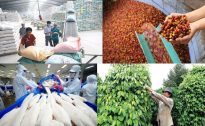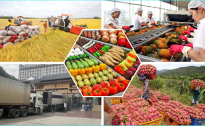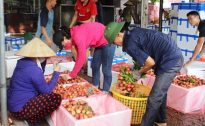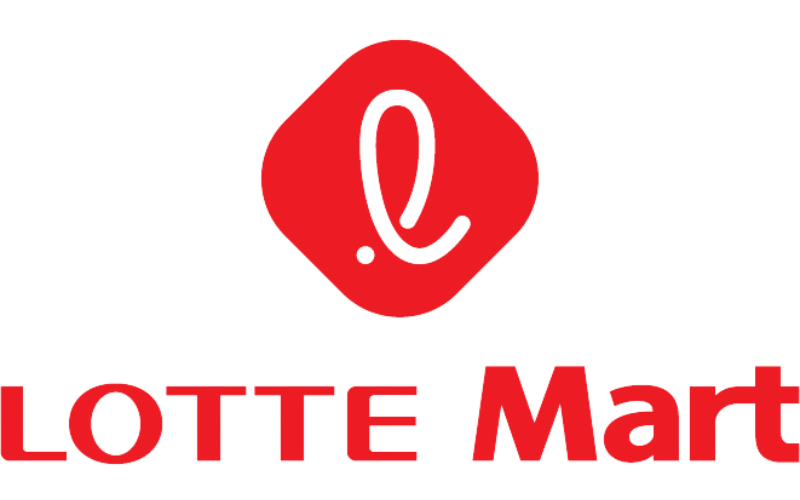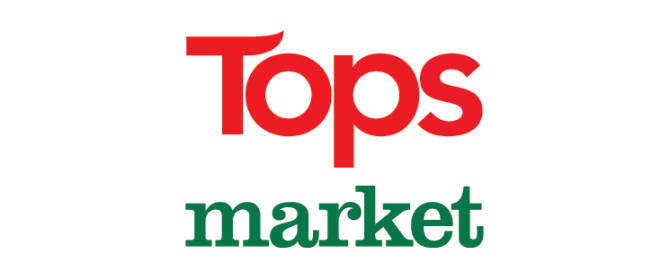
CUCUMBERS GROWING ACCORDING TO VIETGAP STANDARDS
08/03/2023Cucumber’s scientific name is Cucumis sativus, belongs to the cucurbit family, has a thin, leafy skin. It is a cool vegetable, rich in vitamins and fiber, and is favored by many consumers. Currently, growing cucumbers according to Vietgap standards has been applied by a number of provinces and cities across the country, in order to provide clean, quality food sources. Growing cucumbers, in addition to productivity advantages, also brings economic benefits to growers. Applying the cucumber growing process according to Vietgap standards also increases the effectiveness of pest control, reduces the cost of using pesticides, and protects the health of growers and consumers.

Cucumbers have a short growing period from sowing to harvest, about 35 – 45 days; in the northern climate of our country, they can be grown all year round but there are two main crops, spring and summer (sown from mid-February to mid-February). April), autumn-winter crop (sown from September to early October).
The soil for growing cucumbers needs to be loose, preferably sandy soil mixed with a lot of breathable organic matter. Melons need low acidity and an appropriate pH level from 5.7 to 7.
The melon growing area must be isolated from polluted areas, not directly affected by industrial waste sources, household waste from residential areas, hospitals, slaughterhouses… Easy to drain. but proactive in irrigation water sources, with a 20-30cm thick cultivation layer.
The soil is thoroughly plowed, compacted, loose, weeds are picked up, and treated with lime powder or Trichoderma preparation before planting.
- Spring crops are sown 40-45 days after sowing, winter crops are harvested 30-35 days after sowing. When the fruit meets standards of about 4-5 days old, it can be harvested. Don’t let it get too old as it will affect the flowering and fruiting of future generations. Harvest gently to avoid broken vines.
- Cucumbers can be harvested continuously every day, regularly observed to select standard melons, ensuring yield and quality.
- On 1 hectare of area, depending on the variety and each season, if well cared for according to proper procedures, fresh cucumbers usually have an average yield of 35 tons/ha. There are varieties with 45 – 50 tons/ha.
- Producing cucumbers according to VietGAP standards, in addition to paying attention to the production process, preliminary processing and product processing are also given top priority. Each production area needs to have a processing house suitable for production scale and product type.
The preliminary processing house includes: reception area; preliminary processing area; storage area; water supply area; Toilet area and waste storage area. Preparation tools and steps also ensure correct procedures.
- After preliminary processing, pack the product into packages with the origin, place of production and address of the product recorded.
- The model of growing cucumbers according to Vietgap standards of Green Farm Production and Import-Export Co., Ltd. has gradually succeeded, providing safe and quality agricultural products for the domestic and export markets. This is a farming model towards clean, sustainable agriculture, easy to apply, low investment capital, short cultivation time but brings high economic efficiency to people.






